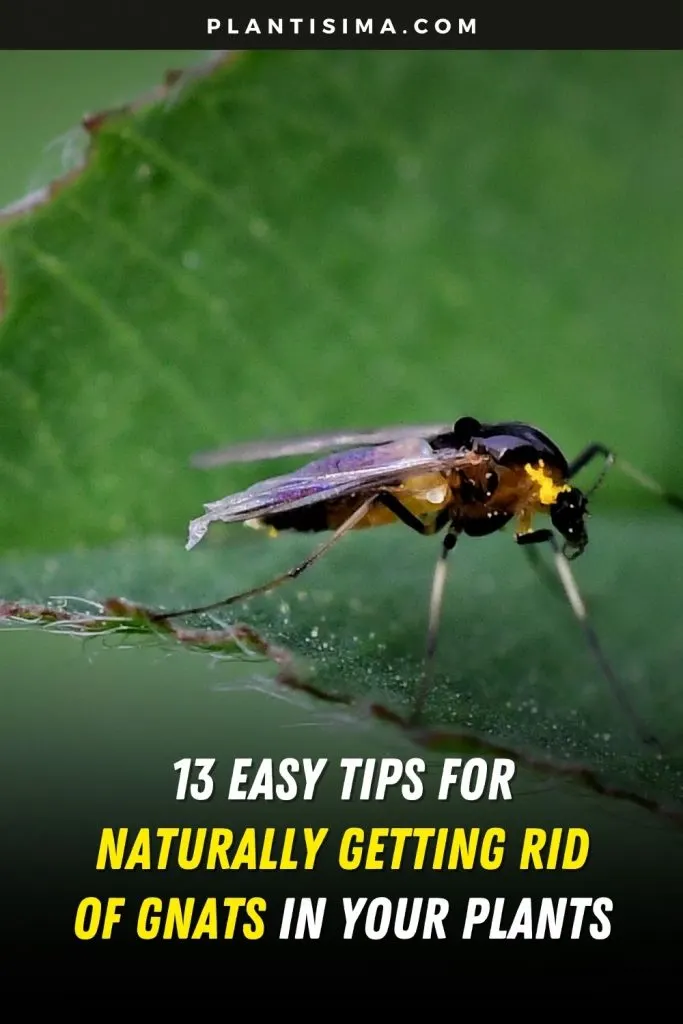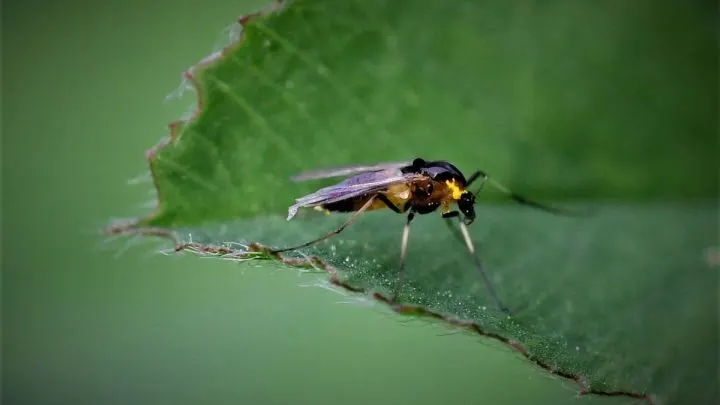In today’s article, we will talk about how to get rid of gnats in plants naturally. The last thing we want in the soil of our plant, on its stems or leaves are fungus gnats, those pesky little creatures that do so much damage to our plant.
But not everything is so black and white, sometimes we are to blame for the cause of it, sometimes our moist soil causes it, and that attracts them, sometimes we fertilized our plants, and sometimes, they simply come for even the smallest trace of organic matter that the plant has.
So that you don’t grieve for your plant for a long time and blame yourself or anyone else, in today’s article we offer you 11 solutions to prevent gnats in plants.
If you’re ready to learn all about them, let’s get started.
How To Get Rid Of Gnats In Plants Naturally? Why Is Fungus Gnat Infestation And Why Does Fungus Gnat Larvae Happen?
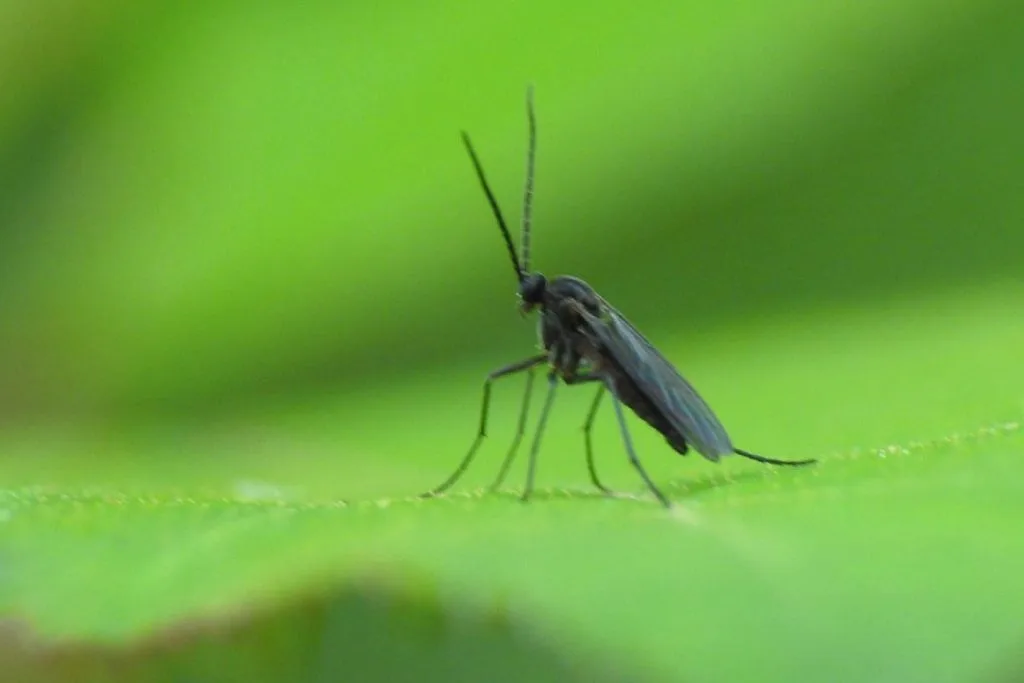
Fungus gnats are tiny almost black short fungus that lives in plants’ pot, on their stems, and sometimes under their leaves.
There is not just one type of these pests, they come from various families such as Sciaridae, Diadocidiidae, Ditomyiidae, Keroplatidae, Bolitophilidae, and Mycetophilidae, and each family of these fungi has its specificities.
They are very similar to fruit flies and common flies, they are noticeable and you can see them with the naked eye. What does not connect them with flies or fruit flies is that they do much more damage to your plants.
They infest potting soil and other sources of organic matter on the plant. They feed on the organic matter of your plant and once they are done with the plant, there is nothing left for you but to seek help for your plant as soon as possible!
Sometimes, less often, but it happens, when they take all the organic matter from leaves, stems, and soil, and when they have nothing left to take: they find a way.
They begin to chew the roots of your plant and add additional organic matter. They are a problem for indoor plants, especially for those grown in greenhouses.
13 Ways How To Get Rid Of Gnats In Plants Naturally: Make Your Potting Soil Gnatsless Again
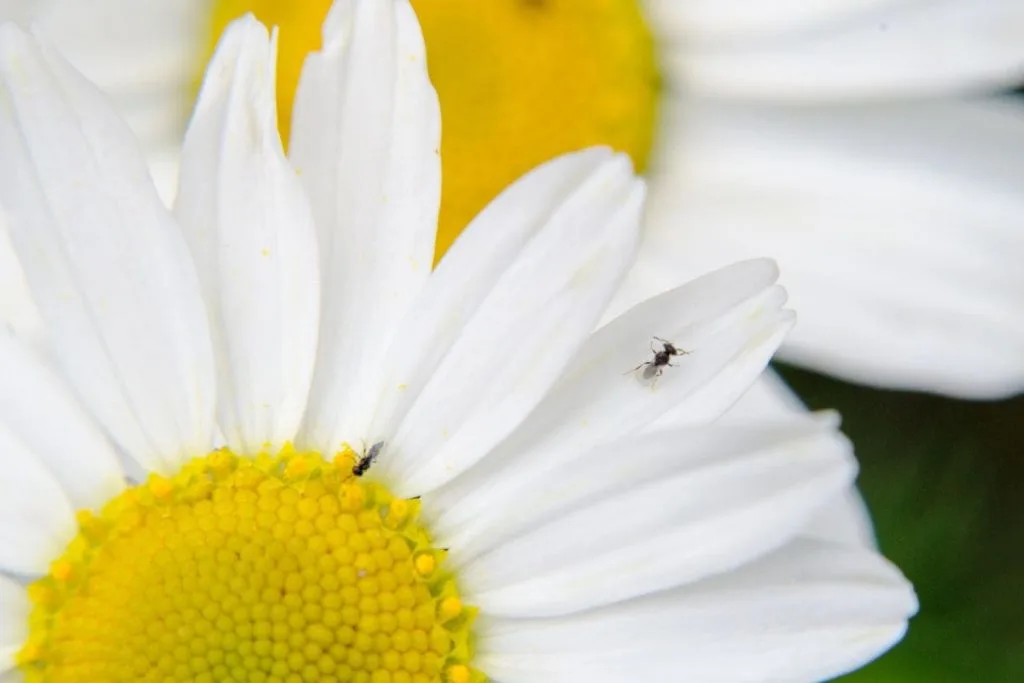
Until fungus gnats lay their eggs in your plant’s soil, it’s all a game of cat and mouse. If you react quickly and prevent their spread, the problems will not be so big, so don’t wait and react immediately. It’s time to use those beneficial nematodes now and a couple of more things for your infected soil.
Where you have this problem, it is very possible that you also have root rot, since they attack plants with wet soil, and too much water leads to root rot. Do not use too much water in your plant and control the standing water in the pot!
If you have an unused spray bottle nearby, it will come in handy today because you will need at least 60% of the natural ways to get rid of them.
Let’s find out more about how to get rid of fungus gnats without further ado.
1. Baking Soda To Stop Fungus Gnats In Plants
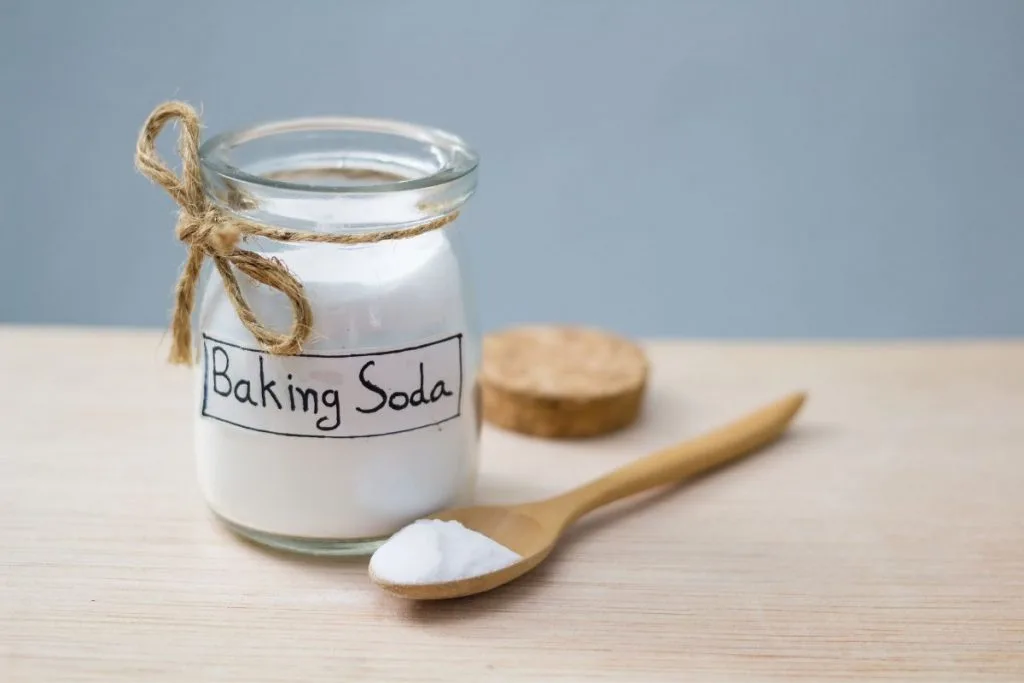
This home food supplement, among many other things, can be called a magic powder since it is effective and helps in so many everyday things. Anti-fungal properties, killing bacteria, removing stains, and helping with gnats are just some of the things this magical powder can do.
Considering that baking soda doesn’t have a special smell, don’t be fooled, it smells what fungus gnats don’t like about baking soda. It’s much simpler than that. It works by foaming things, then “rising” in the soil, it cleans the drain and possibly kills these pests.
If you are wondering what happens to eggs? They are even easier to kill since the eggs, unlike fungus gnats, are constantly positioned in the same place in the soil. It will kill some other pests that are in your soil at the same time that you haven’t noticed.
2. Forget About Adult Gnats With New Fresh Soil
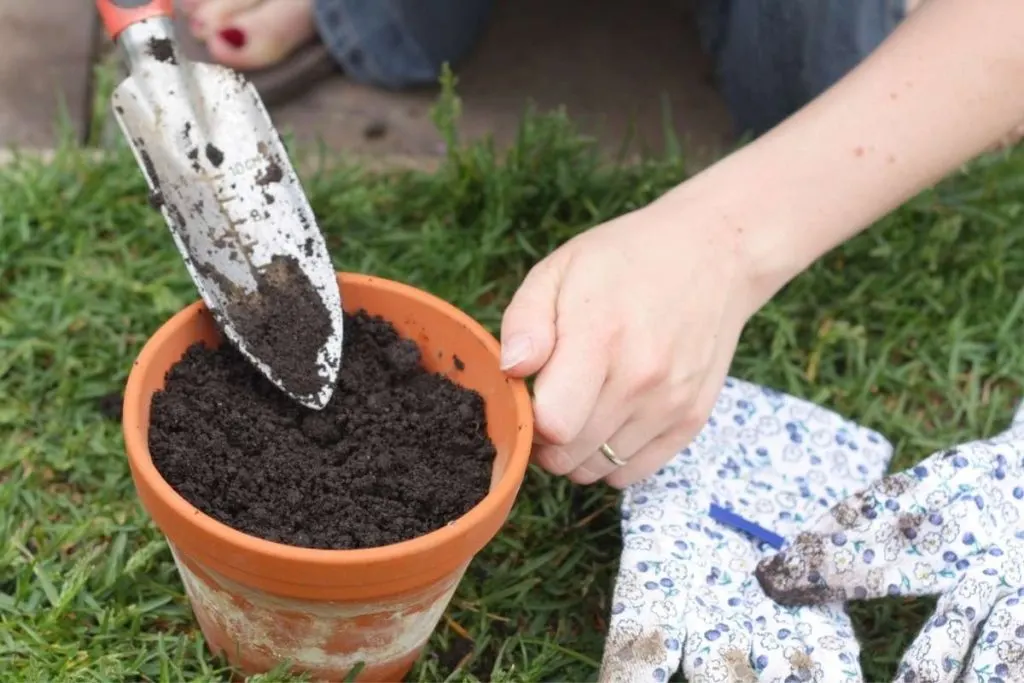
The best solution for almost every type of pest that lives in the soil in addition to the leaves and stems is to change the same soil.
It’s like buying torn pants, why mend them when you can buy new ones right away? Solve the problem quickly and easily. You must have an unpacked bag of fresh soil in the garage.
Take it, repeat the same process with preparing the soil for planting that you went through once before, and transfer your plant to a new pot and new soil.
However, maybe the fungus gnats remained on the stem or under the leaf, and you did not notice them. What should you do?
Sprinkle some baking soda on the stem and leaves and that will definitively drive away the rest of the residue left on the plant.
Who says that transplantation is not effective for plants? To avoid problems this time, fertilize the transplanted plant less and drain it less, at least initially.
3. How To Get Rid Of Gnats In Plants Naturally – Bake Your Soil To Prevent Fungus Gnats
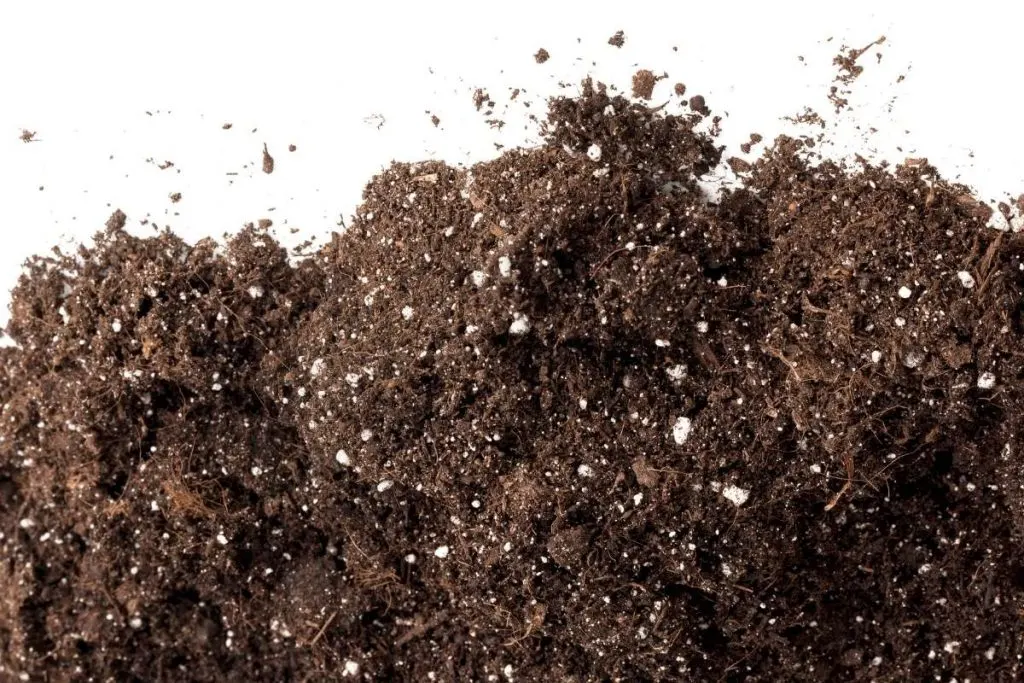
Some people do this to sterilize their soil and kill fungus gnats in it 100% reliably. If you have a large pan that you haven’t used in a long time (if you don’t want to use a new one), put baking paper in it, as if you were baking a cake, and sprinkle potting soil on it.
You can do this even before you notice any pests, you can heat (bake) your soil before planting. High temperatures have an antibacterial and sterile effect on the soil, and perhaps this will save your plant from all potential pests.
Don’t go over 200, not even 190 F. Temps that go over, yes, they will kill fungus gnats, but they will release toxins from your soil, such as toxic salts in the soil, etc. It’s not all that black and white, always check additional information before doing anything.
4. Diatomaceous Earth To Kill Fungus Gnats In The Soil
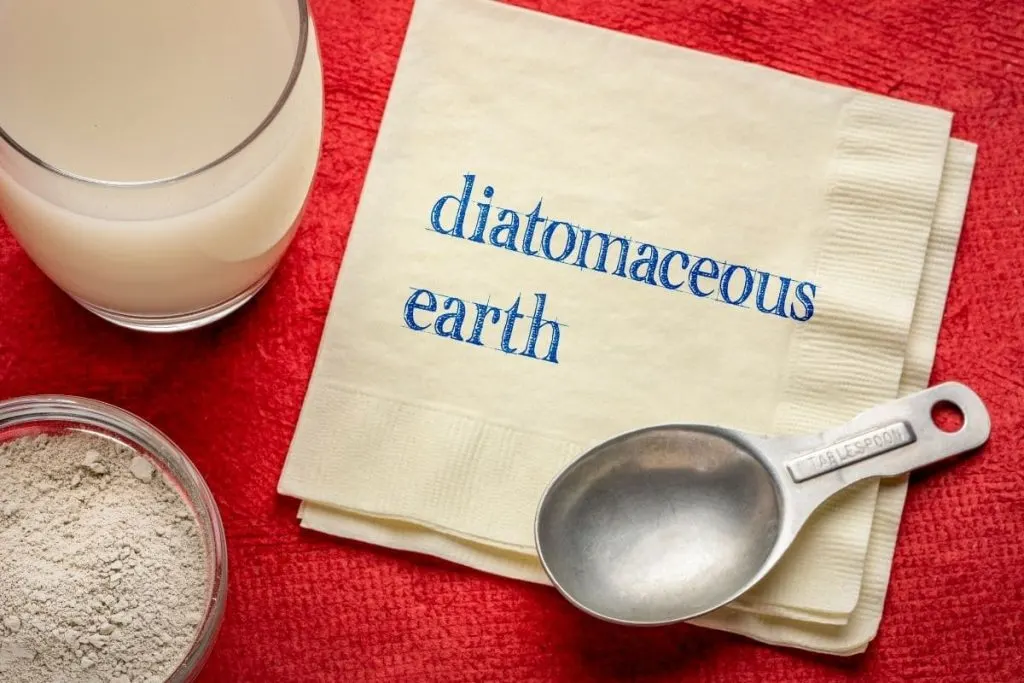
This type of soil is made from fossilized marine organisms and is good at controlling pests. Its composition has the power to completely suffocate and drive away pests from your flower pots once and for all.
It functions in a way that shreds the larvae and the gnats upon contact. DE is very easy to obtain, you can get it in almost every store with tools and garden tools, in larger markets, etc.
This soil looks very natural and will blend in with your plant and soil and will not look like “poison”. Sprinkled in the pot to kill flies or gnats. Its composition is non-toxic and does not harm your pets, therefore paw friends are safe.
5. Liquid Dish Soap Will Kill Fungus Gnat Larvae
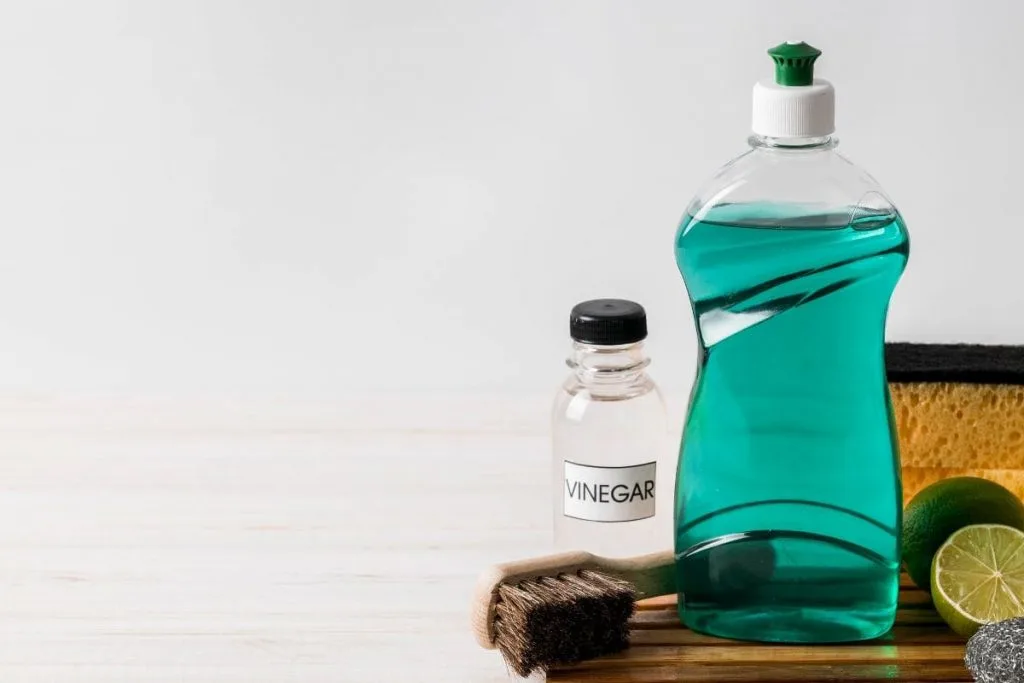
If you want to make a composition for a spray bottle that will help you drive fungus gnats out of the pot, put one tablespoon of liquid dish soap and one teaspoon of white vinegar in the water. That way you will get the perfect spray drink for your plants. You can also use water and liquid soap.
It will have a similar effect, not quite as strong, but similar. We can’t explain exactly what it is about soap that attracts these pests so much, but there’s something about it that they just love too much!
They will approach it, fall into it and die because a digestive system full of liquid soap is not exactly a trip for pests.
6. Stop Fungus Gnat Infestation With Hydrogen Peroxide
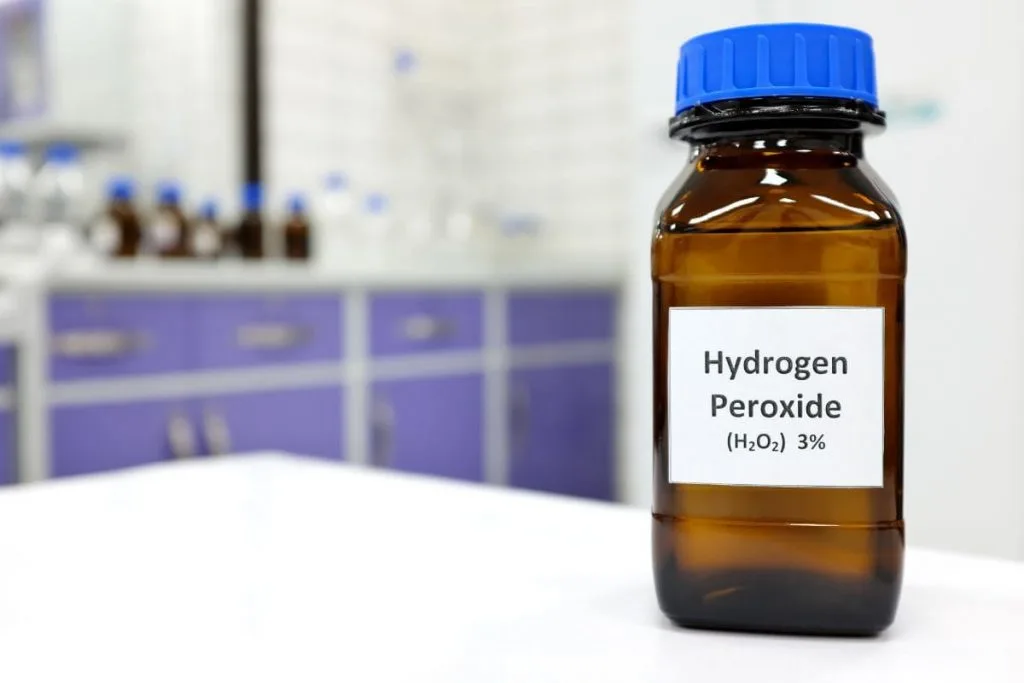
Hydrogen peroxide will not kill your plant as most people think before they try this plant compound. It sounds like a toxic compound that will do extra damage to your plant, but it isn’t.
Anyway, those who use it mix it with water, and that way you would reduce that risk even if it exists. It kills the larvae, but your plant is safe.
If you want a precise ratio, add 4 tablespoons of water and two tablespoons of hydrogen peroxide.
7. How To Get Rid Of Gnats In Plants Naturally – Eliminate Fungus Gnats With Vinegar Traps And Apple Cider Vinegar Mixture
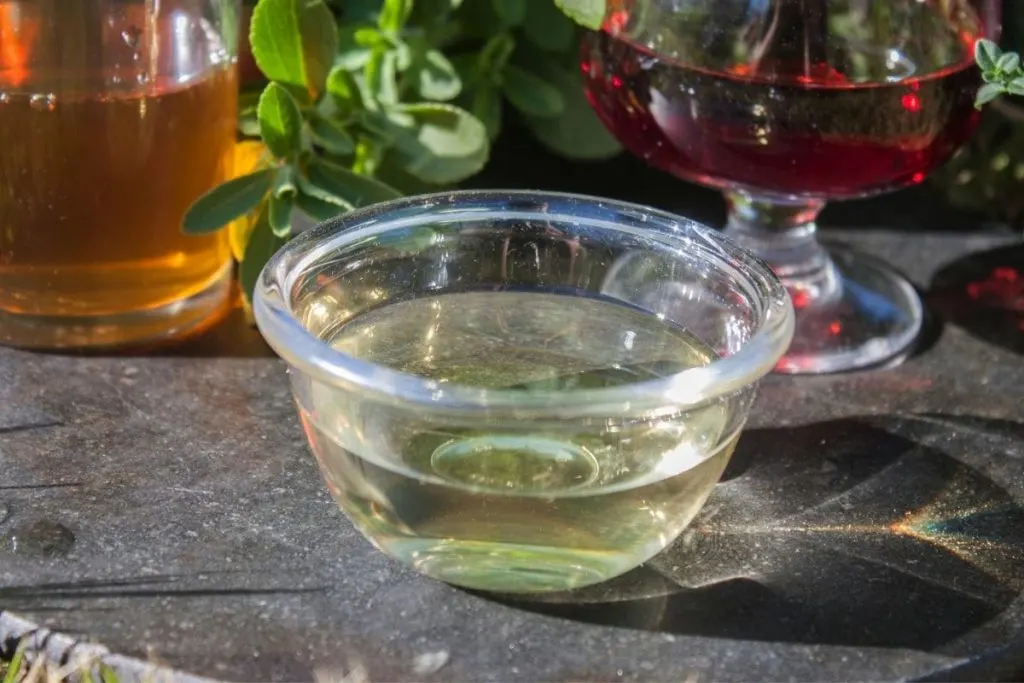
Vinger, especially apple cider vinegar is an extremely simple and effective thing that will kill fungus gnats in your pot very quickly and easily.
The only disadvantage of these homemade remedies is that, unlike powdered ones like cinnamon, baking soda, etc., you cannot sprinkle the compositions on the leaves and stems.
Fill a bowl with some water and add the winger to it. Believe it or not, some people have directly poured this composition into the pot and soil, which is not good at all.
Imagine that your plant is drawing water and nutrients from the vinegar-rich soil. Not very good is it? You can add a spoonful of sugar to soften the smell since the bowl is in your apartment, if the smell doesn’t bother you then you don’t have to.
8. How To Get Rid Of Gnats In Plants Naturally – Control Fungus Gnats On Indoor Plants With Cinnamon
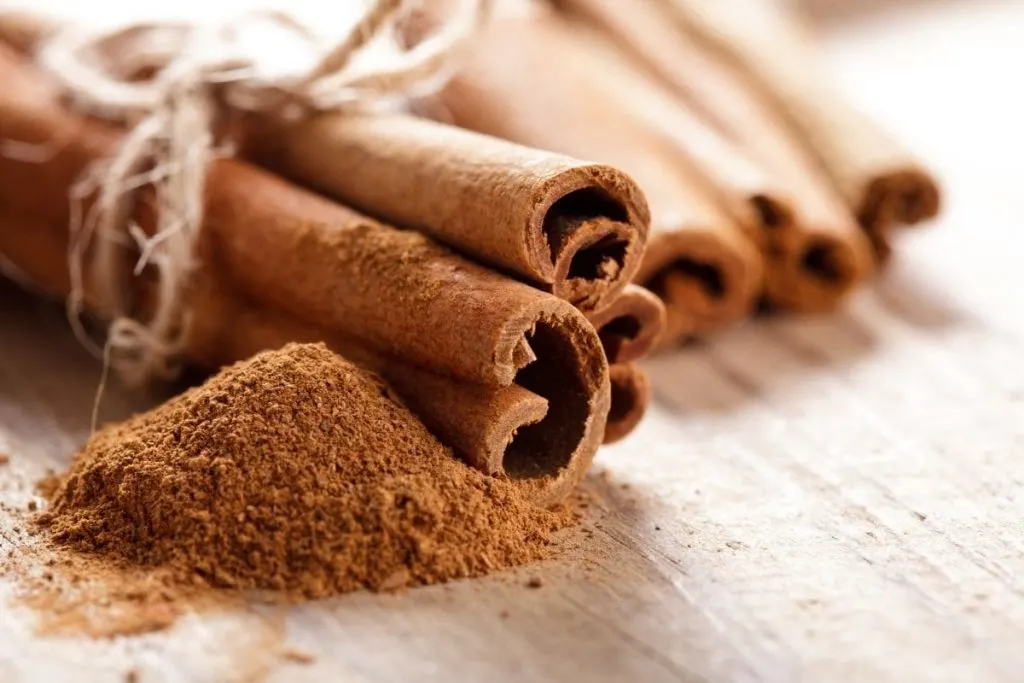
Ants, spider mites, and even some types of worms love it, and what kills them, is cinnamon. Finding what you like and letting it kill you is the case with these pests and cinnamon. On this note, learn with us how to get rid of spider mites during flowering.
They love the smell, the look, and everything about cinnamon that is attractive to them, but when it enters their digestive system, they choke on it because they can’t digest it.
It also kills fungus spores in the soil and further helps in their death. All you have to do is sprinkle cinnamon on top of your potting soil, about two inches or so and then wait, as simple as that.
9. Save Your Potted Plants From Fungus By Using Less Water

We have already mentioned above how moist soil affects the appearance of pests. Pests like wet soil in which they can move more easily and from which they can draw water in addition to organic matter.
This happens when the plant, i.e. the pot, does not have drainage holes and when there is too much-standing water in the pot.
We already know that too much water causes root rot, and what is a bigger treat for pests than a root from which organic matter is drained and decomposed?
Don’t water your plant too often even in times of drought, make drainage holes, and don’t overdo it when you miss a few days without water.
10. Irish Spring Soap For Fungus Gnat Infestations
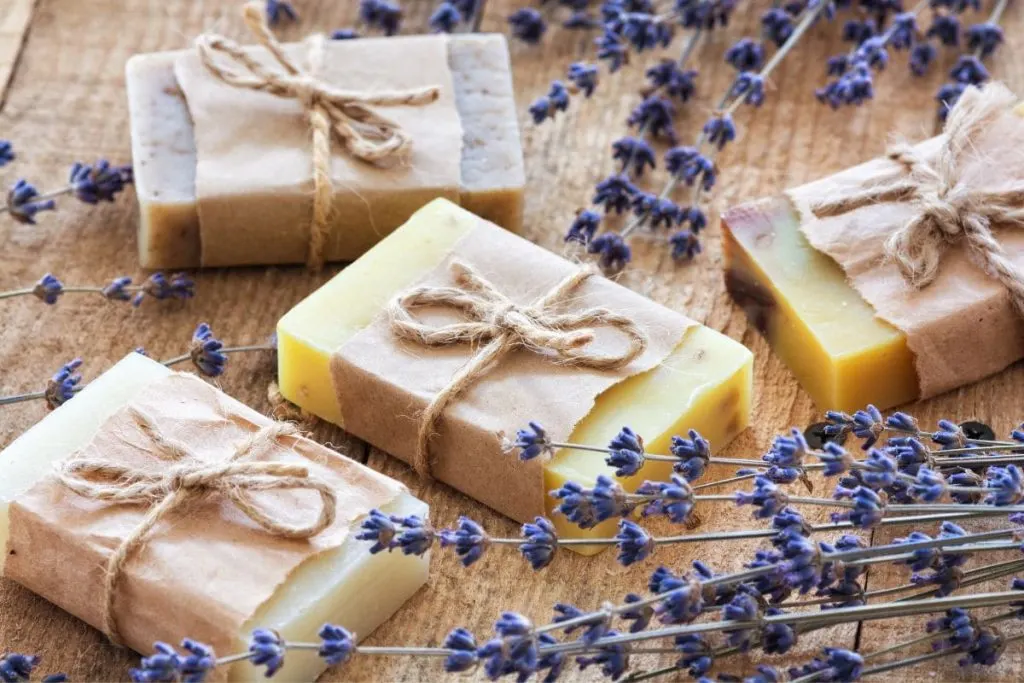
Irish soap is very similar to ordinary dish detergent, the difference is in its composition, and it is assumed that this type of soap has a slightly stronger effect compared to ordinary soap.
This is its only advantage as a soap and pest control agent. In addition to these pests, it is also good for preventing or repelling squirrels, rabbits, deer, and mice. Its price is low and acceptable, like the price of ordinary soap.
11. Sand Can Be Helpful And It Kills Fungus Gnats
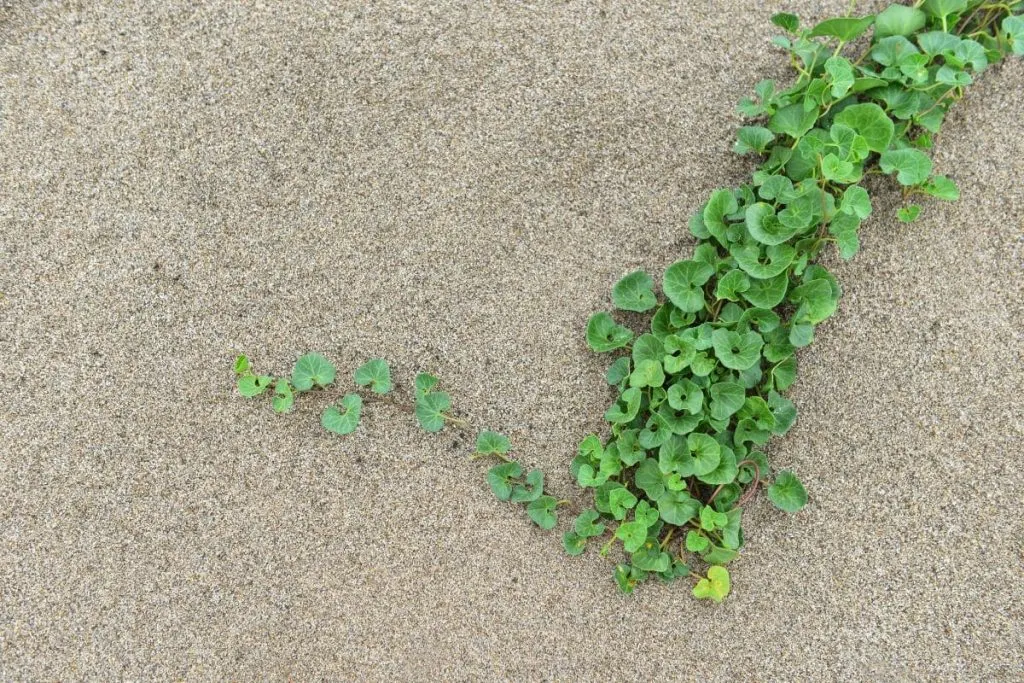
Horticultural sand is what you need to get rid of these pests. It is suggested that one-quarter of your soil should be this type of sand and that way you will both prevent and repel these pests.
There is little chance that these pests will breed and lay eggs in this type of sand, it’s just not what they like.
What you can do additionally is to cut a regular potato in half and put it in the sand. The two together are a winning combination in repelling fungus gnats.
12. Sticky Fly Traps To Kill Fungus Gnats
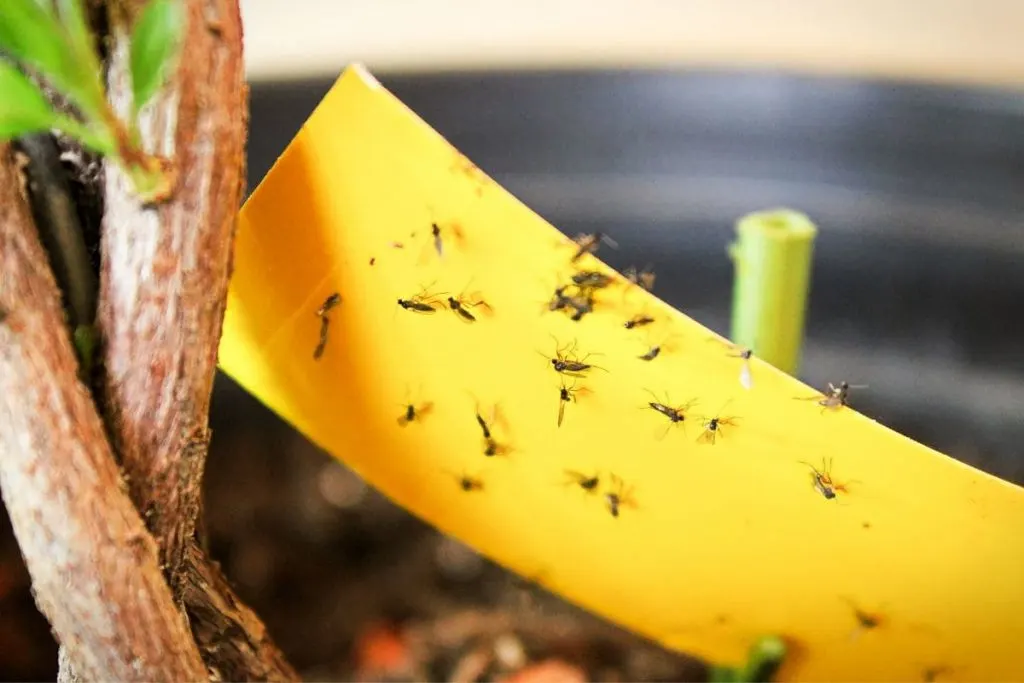
It’s very easy to kill an entire gnat population with this simple trick that also works for classic flies and other pests too.
Place it near the pot or stick it directly on the pot. Some are sticky and come in the form of scotch tape, and some you can lay in the soil of the pot, and the fungus gnats will eventually get on it.
It’s very easy to use this trick, and it only costs 3$ or 4$. Sometimes the adhesive tapes are sprayed with toxic substances, and sometimes it is enough for them to stick to the tapes and in the end, they simply starve to death.
13. Bonide Systemic Granules To Scare The Gnats Away
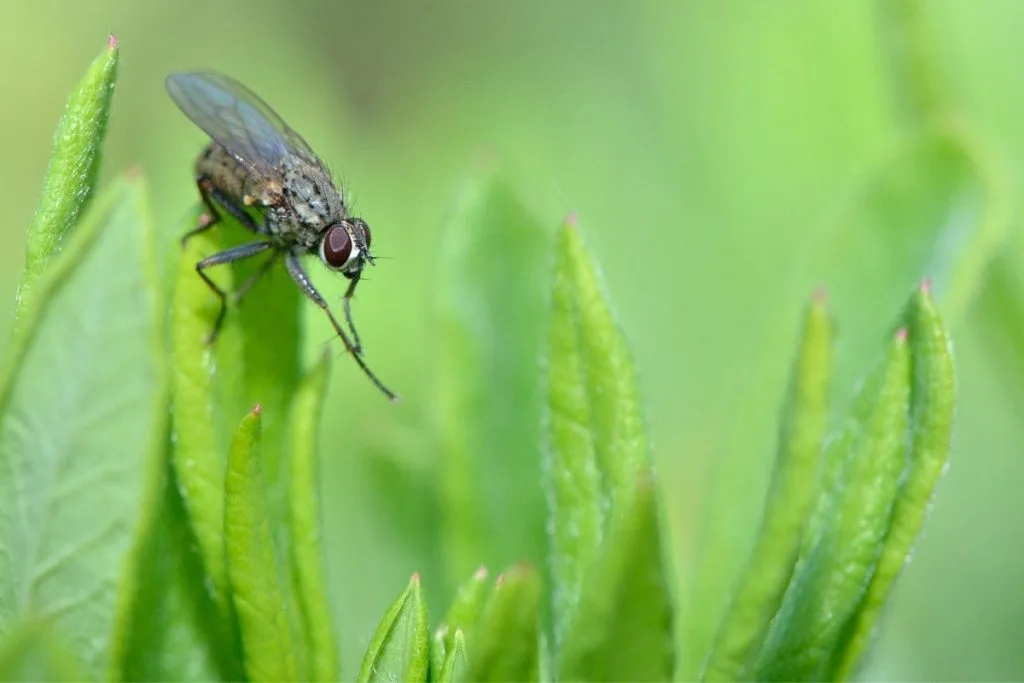
If nothing else works, try bone systemic granules. This type of pesticide is sprinkled into the soil of your plant, and is absorbed first by the roots and then by the whole plant. Precisely because it is in granules, it is much easier for the plant to absorb it.
This is protection for the entire plant for up to 8 weeks. We are not only talking about controlling gnats with this method, but protecting plants from mealybugs, aphids, and many other pests with these granules.
And of course, forget about the mess, buy yourself a small bag of granules, sprinkle it in the pot and that’s it! The product is toxic to birds, fish, etc. Your pets shouldn’t poke around too much either.
FAQ – How To Get Rid Of Gnats In Plants Naturally
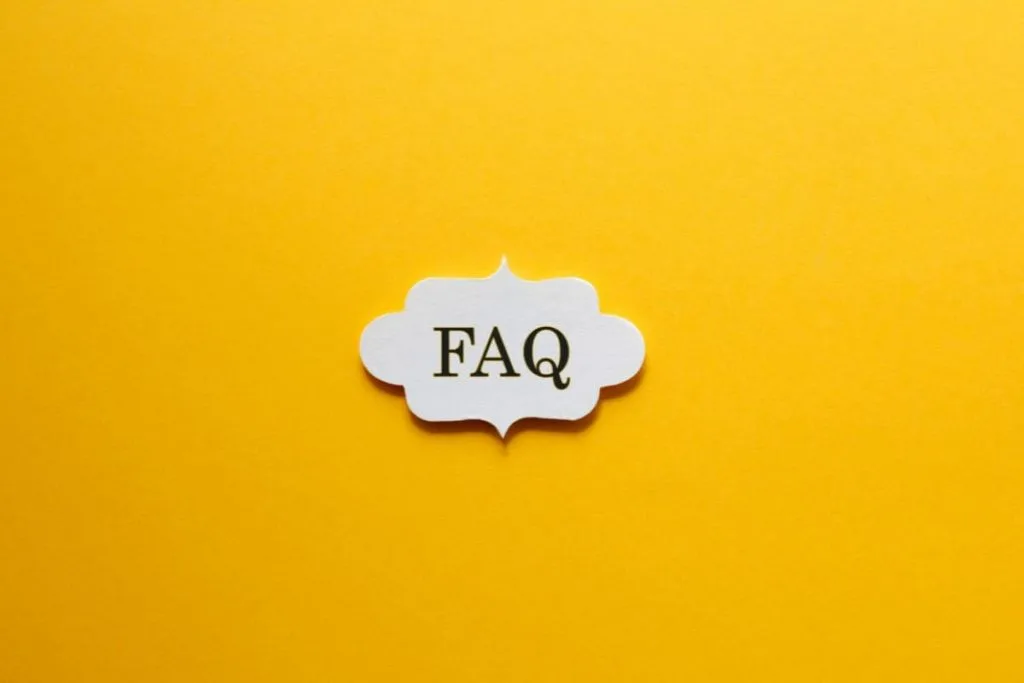
As always, below, in the faq section, we will do our best to answer all unanswered questions and explain everything fully regarding some topic.
Today they are fungus gnats, so let’s learn everything about them, in their entirety, so that you can react 100% safely and correctly in preventing them.
At What Time Of The Year do Fungus Gnats Attacks The Plants The Most?
They are present at any time of the year but are more common in autumn and winter. Boring mosquitoes are not selective when they lay eggs that settle in the top 1-3 inches of potting soil. One female can produce several generations of larvae in one season.
Are fungus gnat good fliers?
However, they can also infect other plants that are in the immediate vicinity. You may see mosquitoes attracted to light, buzzing around light bulbs, or on walls and windows near your plants.
Are Gnats Bad For Plants And Why?
Fungus gnats are very harmful to your plant since they suck organic matter from it. We all know how organic matter is necessary for the healthy growth process of your plant, and when you take it away, what remains?
What remains is your plant, which, with the small percentages of that matter it may have in stock, hardly draws that energy and tries to grow, but it hardly succeeds.
The matter they take must be present in the soil of the plant, in its roots and leaves. As soon as you notice these tiny dark pests, take action.
Are Gnats More Common In Indoor Or Outdoor Plants?
No rule dictates whether fungus gnats will be more present in outdoor or indoor plants. If your plant has favorable conditions for these pests to inhabit, they will appear.
These are wet/moist soil, lots of fertilizer in the soil, soil with a high organic matter, and soil that is friable.
However, there is something about greenhouses that is very attractive to pests, and that is the type of air inside, the humidity, and everything else that a greenhouse has to offer. They are very common there.
Are Home Remedies Effective To Kill Gnats?
Many people doubt all home potions, mixtures, or mixtures that will help to get rid of some pests in your apartment or house. However, you should not doubt the ability of homemade remedies.
They are just as good if you make them according to the recipe and put the recommended ratio to combat this problem.
We have verified in the text above that there are as many as 11 ways to solve this problem, and depending on your choice, each one will be effective.
Can Potting Soil Come With Fungus Gnats?
Already packed soil rarely comes with pests in it, but it can happen, so count on that option sometimes. Even the impossible can cause damage to your plant, count on everything when taking care of it.
So, watch carefully when planting, you might find fungus gnats in your potting soil. Even when the soil is dry.
One of the most common houseplant pests can be in market-bought soil. React immediately when you notice a fungus gnat problem, maybe it’s even better to notice it so early.
Final Thought On How To Get Rid Of Gnats In Plants Naturally
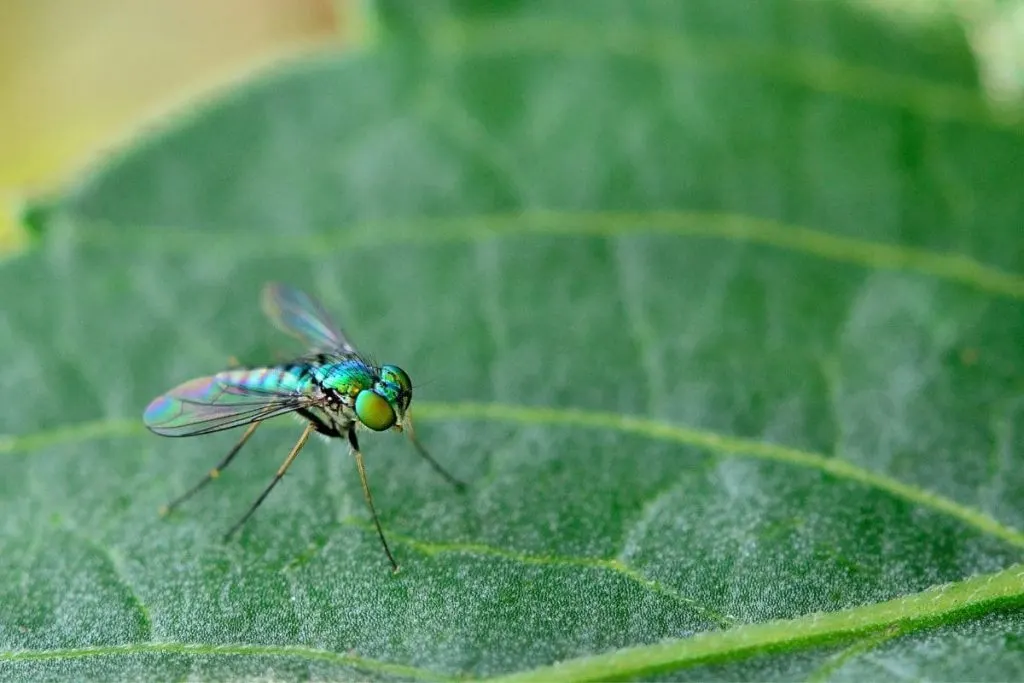
In today’s article, you finally learned how to get rid of gnats in plants naturally. If you have recently struggled with this problem, now you finally have a solution and you don’t need to worry anymore.
We have offered you as many as 13 very easy ways to get rid of this problem once and for all. Tiny flies were a problem once, but not anymore!
Have you already decided which method you will apply? I’m sure you have a lot already in your home so you can react as soon as you read this part, how amazing is that?
In 5 minutes you will solve the problem in your potting mix, of course, because you have to wait a little longer for its effect, but all in all, with a minimum of effort. Neem oil, yellow sticky traps, the choice is yours – get to work.
